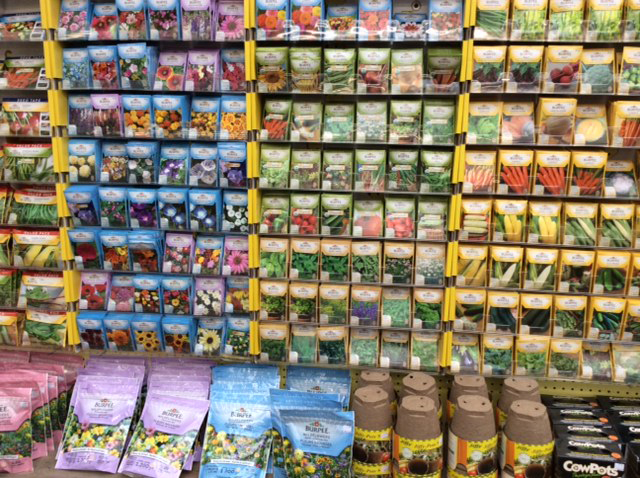
As with most vegetables, you can start onions from seed in the garden. But many onions have relatively long growing seasons and onion seeds don't germinate quickly, so it's often better to start the crop another way. You can set out transplants, or you can plant "sets" which are simply half-grown onions.
Many sets are grown from seed on big farms near Chicago. The onion seeds are planted very thickly. Super-crowding of the plants makes the competition for water and fertilizer fairly stiff, so the plants never get very big and the resulting bulbs are quite small.
The small onions are harvested in the late summer or fall and dried for a month or more to rid them of moisture that could cause rot. Then the sets are stored until gardeners need them the following spring.
It's said that Chicago got its name from onions. Indians, who once lived nearby, called the place "Shikako" which means "Skunk Place" after the strong smell of wild garlic, onions, and leeks that once flourished there.
Buying Sets
The first onion sets of the year appear at garden centers when there's still snow on the ground, like now! Our onion sets are out and ready to go as soon as you are able to get into the ground.
Using sets is probably the most popular, convenient, and dependable way to get onions started. They're very easy to plant, and you can harvest your first eating onions sooner than if you started from seeds.
Stores usually sell only a few varieties of sets, such as long-keeping white and yellow varieties and a red type or two. You can also grow sets yourself during one season for use the next year.
Sets are sold by the pound or by the scoop; each set is one onion. When you buy onion sets, watch the size. Sets that are smaller than 1/2 inch in diameter take longer to grow, but they'll still produce. Sets larger than 3/4 inch in diameter are very apt to "bolt" or grow seed pods in a hurry after you plant them. If you let them grow seed pods (a pod looks like a miniature version of the domes on the towers of the Kremlin in Moscow), the plants put energy into the seeds and not into the bulb. The bulbs will be small, tough and won't keep, so pick the pods or seed stalks off as soon as you see them.
The most dependable sets are the size of marbles -- 1/2 to 3/4 inch in diameter -- and are quite firm.


